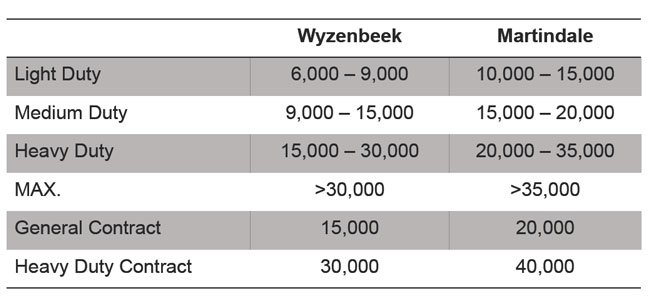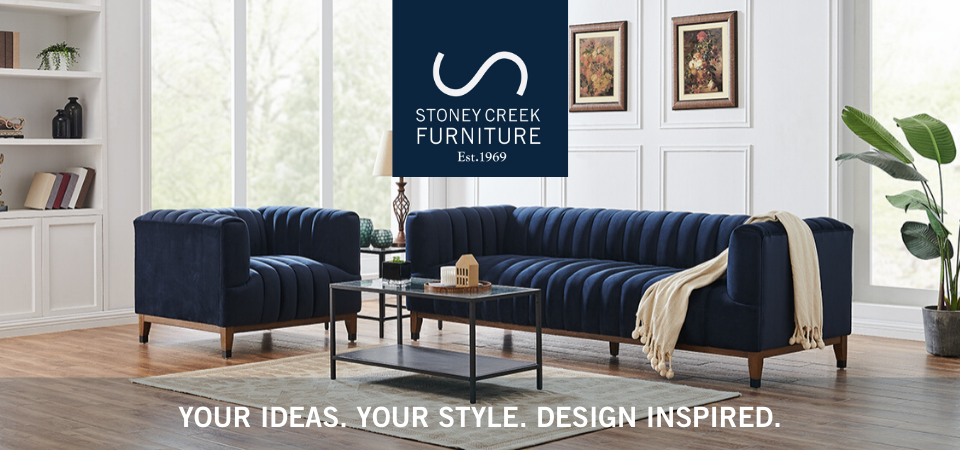Diana Sisto, Creative Director at Brentwood Classics, a leading furniture manufacturer, shared these insights at Stoney Creek Furniture’s recent Inside Out Home Show…
The ABC’s of Upholstery Fabric
What’s the difference between natural and manufactured fabrics? Which is better? Natural fabrics include cotton, flax, wool, mohair, hemp, linen and silk. Manufactured fabrics include polyester, acrylic, viscose, rayon and olefin. What should you choose for sofa upholstery? Natural fabrics are luxurious and beautiful, but may not always wear well, especially if your sofa is in a high traffic room. Manufactured fabrics don’t always have the ‘touchability’ or ‘breathability’ of natural, but are often less costly and more durable. For most homes, a blend is best – cotton/polyester, wool/acrylic, etc. For a special accent chair, consider the extravagance of natural.
How is a fabric woven? Weaving actually creates the fabric by interlacing two or more sets of yarns at right angles so that they are lying parallel and perpendicular to the fabric edge (selvage). Warp yarns are laid down first, parallel to the selvage. Weft yarns are then laid in across, filling in the fabric.
What are railroaded and non-railroaded patterns? Why is it important? Railroaded patterns run perpendicular to the selvage or ‘weftwise’. Non-railroaded patterns run parallel or ‘warpwise’ to the selvage or a fabric. It’s important to know because non-railroaded patterns are confined to 54’ in width. Therefore any furniture piece like a bench seat or drapery that is wider than 54’ cannot use non-railroaded patterns without adding a seam. HINT: Most striped fabrics are non-railroaded.
What about fabric strength? Fabric strength – i.e. how well the fibres stay intact – is determined by how well it withstands rubbing wear or abrasion and tearing. The Wyzenbeek and Martindale tests are commonly used to predict wearability.
Wyzenbeek Test – Fabric is rubbed back and forth until noticeable wear is observed
Martindale Test – Fabric samples are rubbed in a figure eight like motion (oscillating), until noticeable wear is observed
What test results are appropriate for home furniture?

Image courtesy of Diana Sisto.
Note that Wyzenbeek ratings are always lower than Martindale ratings.
Of course, always keep in mind that actual fabric performance is determined by many factors such as fibre content, weaves, finishes, furniture design, maintenance, cleaning and usage.
Now that you’re armed with some fabric basics, you’ll have an advantage when buying upholstered furniture. Shop smart!

Leave a Reply